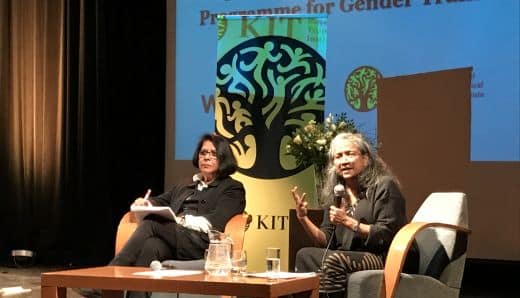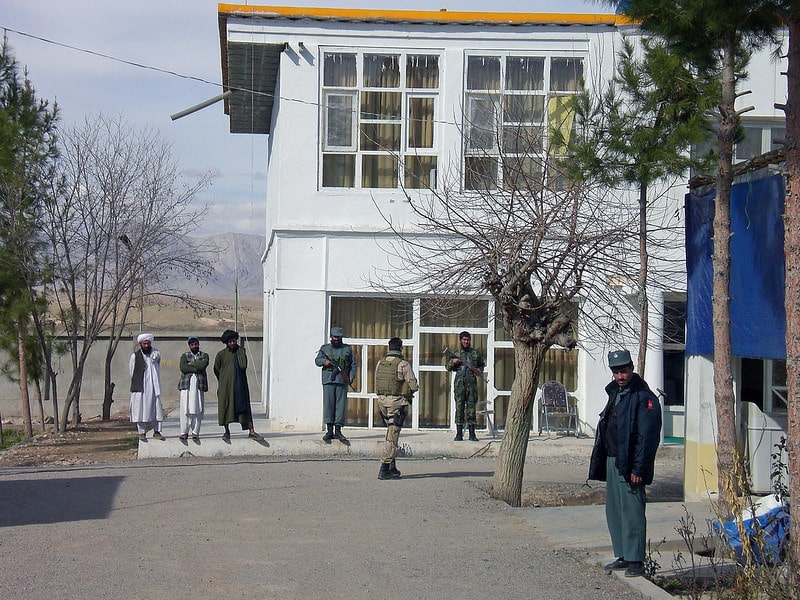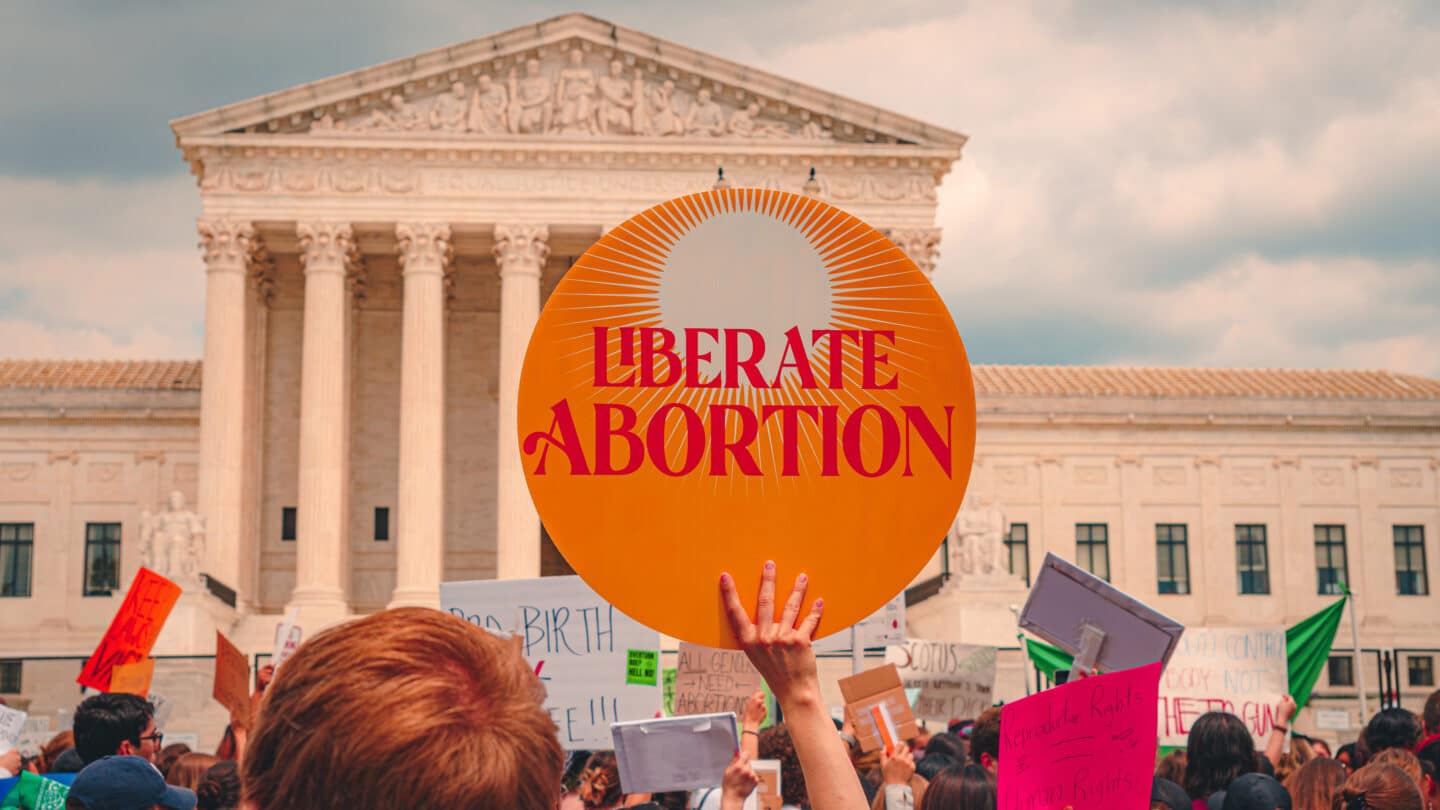'Locked out and left behind? Gender, intersecting inequalities and the SDGs'. Quite a mouthful, but this was the theme of this lecture on a Thursday afternoon at the Royal Tropical Institute (KIT) in Amsterdam. Last February 15, Professor of Gender and Development Naila Kabeer was a guest here. Despite the sometimes hard-to-follow material, it was a very interesting afternoon with a lot of interest from the audience. The questions after the lecture also clearly showed the emotion from the audience. After a short search for the right entrance to KIT, I entered a full hall. The lecture began with a brief introduction on the transition from the Millennium Development Goals (MDGs) to the Sustainable Development Goals (SDGs). Unlike the MDGs, the Sustainable Development Goals are no longer just about poverty reduction in developing countries, but also about improving the environment and promoting sustainable economic growth worldwide. They have become truly "global goals". So agrees Kabeer, who said of MDG 3 - "Promote gender equality and empower women" - that not much has changed in the world and the same problems still arise. The SDGs can give a better understanding of this. This lecture focused on SDG 10 for reducing inequalities between and within countries.
In particular, it focused on the phenomenon of intersecting inequalities in different parts of the world and the various attempts to address them. Kabeer presented a case study on Brazil from 2002 to 2013, which should serve as an example for the whole world. She introduced three types of inequality before focusing on one of them: intersecting inequalties, or intersecting inequality. Vertical inequality focuses on the individual, income and wealth, horizontal inequality focuses on groups based on identity and Kabeer focuses on 'intersecting', intersecting inequality and how different domains intersect in the poorest part of society.
"Deep seated discrimination"
After further illustrating 'intersecting inequalties' using a social Pyramid of Nepal, the case of Brazil was further explored. So-called 'high levels of inequality' gave a good example of income inequality in the country. In Brazil, it is still the white man who earns the most. From 2002 to 2013, although income inequality in Brazil fell, the poorest started earning more, inequality is still problematic among indigenous groups. This is also what SDG 10 reflected on the MDGs reported. Certain groups at the lower end of society are systematically "shut out" and left behind. Thus, for indigenous groups, they cross multiple overlapping inequalities, making them harder to reach than the rest of the population. As a result, their disadvantaged status persists for generations. For example, women in Brazil work more than men, with poorer women working the most. Indigenous women are again behind. "Deep seated discrimination," says Kabeer.
The lecture concluded by asking what we can learn from Brazil in the period 2002-2013. Kabeer explained that economic growth need not be a reason for change in terms of unequal growth. Economic elements only play a role in the background but are not responsible for change elsewhere. Reflecting on Brazil, she lists 10 lessons that other countries can learn from. These include on labour market policies, social protection, quotas and social mobilisation. In addition, she says of Goal 5, 'Achieve gender equality and empower all women and girls': don't put too much focus on this goal there is much more.
Belief in the SDGs?
Under the guidance of Maitrayee Mukhopadhyay, Senior Advisor KIT Gender, questions could be asked following the lecture. Critical voices were heard from the audience from a number of places. For instance, a question was raised about why Kabeer did not include the third pillar of environment in her case study on Brazil in addition to the pillars social and economic. There was also much confusion about the influence of the private and 'corporate' sectors on inequality. Kabeer responded: "I'm not gonna chill you up", but I see the problem. Corporations just don't like image loss she adamantly stated. It is about how pragmatic you are and what you want to achieve, because it is precisely bottom-up that can bring about change at the top. She says she does not really believe in the SDGs, but the potential can already bring about a lot.





